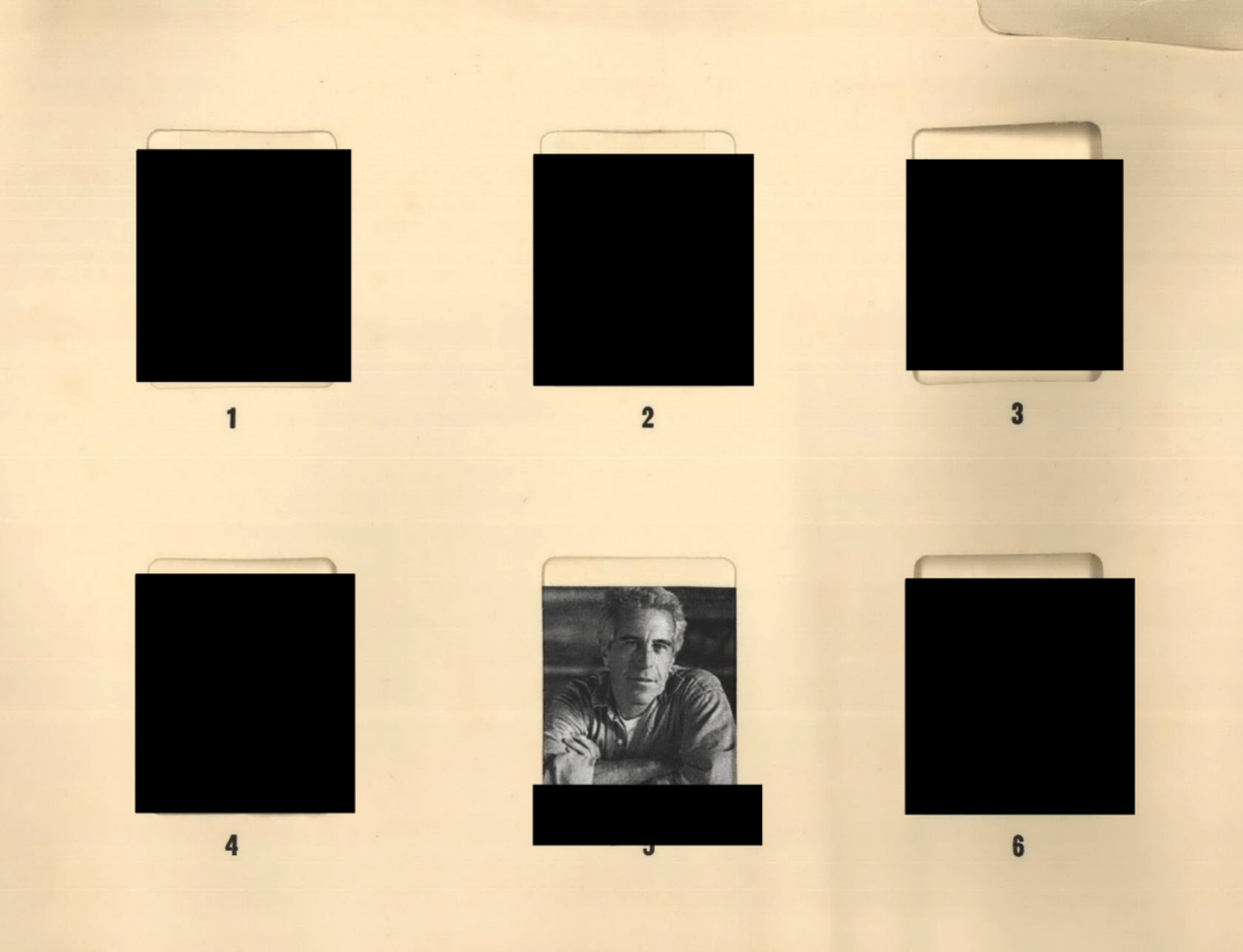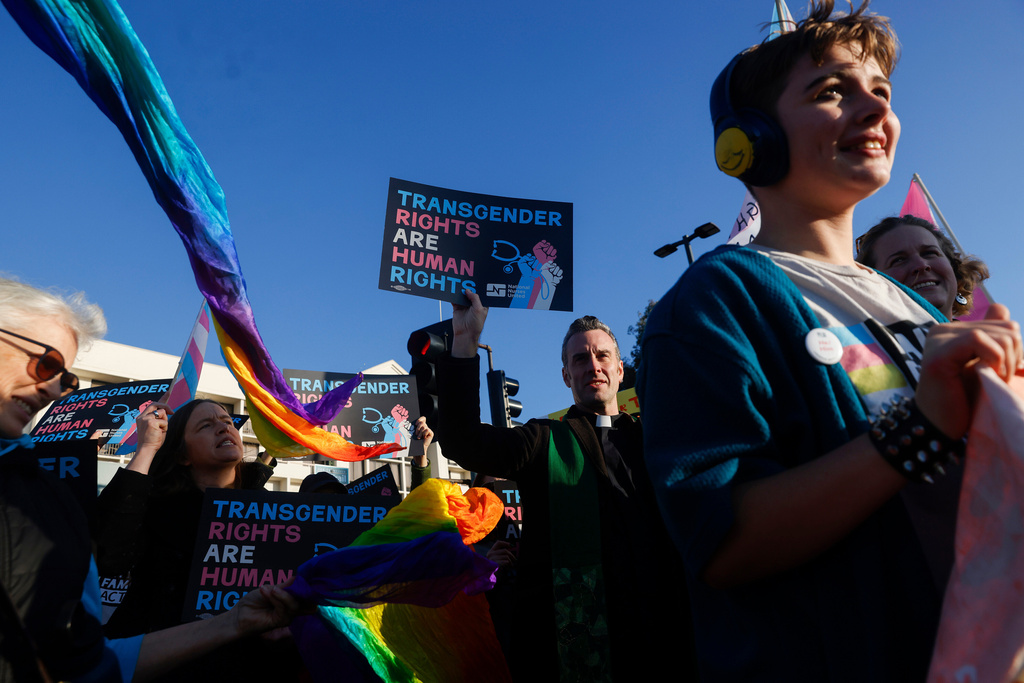Many experts familiar with the complex issue of immigration agree the system in the U.S. is broken, including veteran San Diego immigration lawyer Jacob Sapochnick.
“It's dysfunctional to the point where people don’t believe in the system anymore," said Sapochnick. "So, they’d rather come illegally than try to go through the system anymore."
Dana Leigh Marks, who spent 35 years on the bench and serves as the president emeritus of the National Association of Immigration Judges, says "There is basically no viable legal way for people to come to the United States."
Even the Border Patrol agents who are one the front lines of the crumbling system acknowledge its flaws. President of the San Diego Local Border Patrol Union Manny Bayon told Scripps News the system is so backlogged that it can take up to three to four years to get an immigration hearing.

This is what life is like in a border city
People who live in Douglas, Arizona, have a unique perspective as the country deals with an influx of migrants crossing into the U.S. from Mexico.
Congress has failed to reform the outdated immigration laws for 25 years. In 2001, President George W. Bush's efforts to establish a guest worker program and a path to citizenship were derailed by 9/11. In 2005, attempts by U.S. Sens. John McCain and Ted Kennedy never made it to a vote.
In 2007, Senate Majority Leader Harry Reid floated a compromise bill that included a path to citizenship, work visas and funding for border fences. That bill never got out of the Senate.
The last serious attempt happened in 2015 in the form of a bipartisan bill supported by Republicans John McCain, Lindsey Graham, Marco Rubio and others. It would have added Border Patrol agents, allowed more skilled and unskilled foreign workers and provided a pathway to citizenship for 11 million undocumented migrants already living in the United States.
It passed the Senate with both Republican and Democratic support hoping it would prevent the border crisis we're seeing today, but conservatives in the House voted it down.
Judge Marks says, "People are being lied to." She believes there are two broad misconceptions foisted on the public.
First: Immigrants are “murderers, rapists, [and] criminals." According to a 2023 study by Stanford University titled "The Mythical Tie Between Immigration and Crime," immigrants “are 30% less likely to be incarcerated than U.S.-born individuals."
In fact, according to FBI statistics, three of the 10 safest cities in America are the border towns of El Paso and McAllen, Texas, and San Diego.
Second: Immigrants are bad for the economy, stealing jobs from American citizens.

What happens in the first 48 hours after migrants arrive in the US?
Texas has sent buses full of migrants to Democrat-run cities like Washington, Chicago, Denver and New York City to highlight the border crisis.
“Academic studies have shown time and time again that immigrants do not take jobs away from the American public, that they stimulate the economy and they take jobs that Americans don’t want," said Judge Marks.
So, what are the solutions these front-line immigration experts say are needed?
The courts are jammed, with waits as long as 20 years to get through the system. Clearly, more judges are needed.
“When I started 35 years ago, I think I had about 800 cases on my docket," Judge Marks recalls. "By the time I retired two years ago, it was over 4,000, and now many judges have caseloads of 5,000 and above.”
Sapochnick believes some asylum cases can be handled without going to court since not every asylum case needs a judge. The veteran immigration attorney also added that right now, more than 3 million asylum cases are waiting for trial.
“Maybe take away their asylum from the judges — give them to the asylum officers. Now, you cut the asylum line by half," said Sapochnick.
The most visible sign of today’s broken system is at the bus stations, airports and transit centers, where the Border Patrol releases thousands of migrants into U.S. cities because there is no other place to put them. It’s a process called “catch and release," and Border Patrol agent Bayon says that cannot continue.
“You need to stop catch and release. That's really the big issue right now. You stop catch and release — that sends a message," Bayon says.
But until that message gets through, if it ever does, the holding facilities remain full. Bayon doesn’t have a solution for that.
"Where are you going to put all those folks because you're not releasing them anymore?" Scripps News San Diego Senior Investigator Jim Avila asked.
"Well, that's a good question. That's beyond my pay grade," replied Bayon.

What are the border policy differences between Biden and Trump?
A Gallup poll shows that 28% of Americans agree that immigration is the "most important problem facing this country."
Judge Marks believes comprehensive reform is the only solution: Provide legal ways to immigrate here, streamline the system, offer a pathway to citizenship, allow asylum seekers the dignity of a timely court appearance and end the demonization of those coming to America to escape the wars, persecution and dictators of their home countries.
"At this point. there is no legal way, and the public has been horribly misled by the publicity and the political opportunism of using immigration as a political bargaining chip," said Marks. "The restrictionists have closed the legal doors as well as treated people who don't have legal status much more harshly."
Those on the front lines believe there are solutions to fix the admittedly broken systems but criticize Congress for complaining while taking virtually no action for decades.
The latest failure was just this year, when a bipartisan, comprehensive immigration plan that would've increased border security, tightened asylum laws, ended catch and release and created a path to citizenship for some immigrants already here was voted down by Republicans at the last minute after former President Donald Trump objected.
This story was originally published by Jim Avila at Scripps News San Diego.










